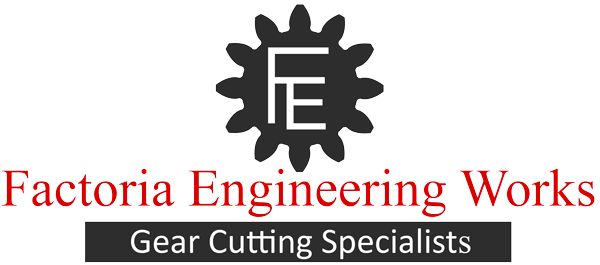A bevel gear is a toothed rotating machine element used to transfer mechanical energy between intersecting shafts that are perpendicular or at an angle. As a result, the shaft power’s axis of rotation shifts. In addition, bevel gears can also increase or decrease torque while causing the angular speed to change in the opposite direction.
Imagine a bevel gear is a truncated cone. Teeth are milled into its lateral side and interlock with other gears’ teeth. The gear that transmits shaft power is the driver gear, while the gear that receives power is the driven gear. The number of teeth on the driver and driven gears are usually different to produce a mechanical advantage. The gear ratio is the number of teeth on the driven gear to the number of teeth on the driver gear. In contrast, the mechanical advantage is the ratio of the output torque to the input torque.
Bevel gears are typically sold in pairs and should not be used interchangeably. This is because bevel gears are assembled in a specific way due to their inherent transmission of both thrust and radial loads, as opposed to spur gears, which primarily transmit radial loads.
Types of bevel gears
Bevel gears are classified according to their tooth profile and orientation. These are a few of the common types of bevel gears.
Straight bevel gears
These are the most basic types of bevel gear. When the gear is extended, the teeth form a straight line that intersects at the axis of the gear. Because the teeth are tapered in thickness, the outer or heel part of the tooth is larger than the inner or toe part. Straight bevel gears have instantaneous contact lines, allowing for greater mounting tolerance. Straight bevel gears are commonly used in differential systems in automobiles.
Spiral bevel gears
This is the most complicated type of bevel gear. The teeth of spiral bevel gears are curved and oblique. This causes more tooth overlap, promoting gradual and disengagement on tooth contact. Because of the improved smoothness, less vibration and noise are produced during operation. Spiral bevel gears also have higher load capacities due to increased load sharing from more teeth in contact. As a result, they can be smaller than straight bevel gears of the same capacity.
Hypoid bevel gears
This is a type of bevel gear in which the shaft axes are not intersecting or parallel. Instead, the offset is the distance between the two gear axes. Hypoid bevel gears have helical teeth like spiral bevel gears.
Because of the offset, the spiral angle of a hypoid bevel gear set’s smaller gear (pinion) can be made larger than the spiral diameter of the larger gear. The ratio of the number of teeth in a gear is not directly proportional to the ratio of its pitch diameter or theoretical operating diameter. This allows larger pinions to be matched to a specific size of a driven gear. As a result, the pinion is stronger and has a higher contact ratio to the larger gear. In addition, hypoid bevel gears are smoother and have less vibration than spiral bevel gears.
Miter bevel gears
This is a bevel gear with a 1:1 ratio, which means that the driver and driven gears have the same number of teeth. This type’s purpose is limited to changing the axis or rotation. In addition, it generates no mechanical advantage.
Contact Factoria Engineering Works for details
Mining is a competitive sector, and cost control is essential. Bevel gears are critical in ensuring your equipment remains functional. We can manufacture various gears, including different bevel gears, according to our clients’ specifications. Get in touch with a representative from Factoria Engineering Works today.

